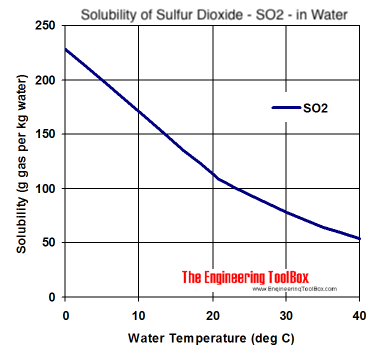If your trying to oxidize it out CO2 will not help. Maybe a aquarium air pump with an air stone.
Any gas running through it will remove some of the so2. air or oxygen will only oxidize it.
If you have the space you could try the large amount of H2O2, and make flavorless wine.
I would also suggest you try to find some "food grade" 35%H2O2, just so you don't have to add the extra water (and what ever else in that stuff).
I'm not sure about the chem for the H2O2 trick is going for. It would make ether SO3 + H2O or H2SO4 (sulfuric acid), likely both...
I wouldn't try too much h2o2. Sounds nasty to me.
You could try exposing it to copper, but this won't remove too much either.
For this much, it will be a lot of work, I would toss it and make a new batch, but that is because it will take a ton of time.
If you really want to try and save it, try this.
1-Expose it to a small piece of copper pipe (clean the pipe first). You will want to stir the mix with it for about 3-5 seconds. This will remove 10-30 parts so2 in my experience.
2-Gas it with co2 (what you have available) for about a half hour.
3-Store it in bulk for a month.
4-Repeat steps 2 and 3 until it tastes right.
Remember, so2 is harmful in large quantities, so be careful only to take small sips while tasting. Copper is also harmful in quantities, so only do this once. At the winery, we do free so2 tests in order to get our wine within standards, but before we bottle we do a sensory evaluation to make sure the levels aren't too high, but high enough to keep the wine stable. If you smell the stuff and the corners of your sinuses burn a little, the level is too high, let it go another round.





